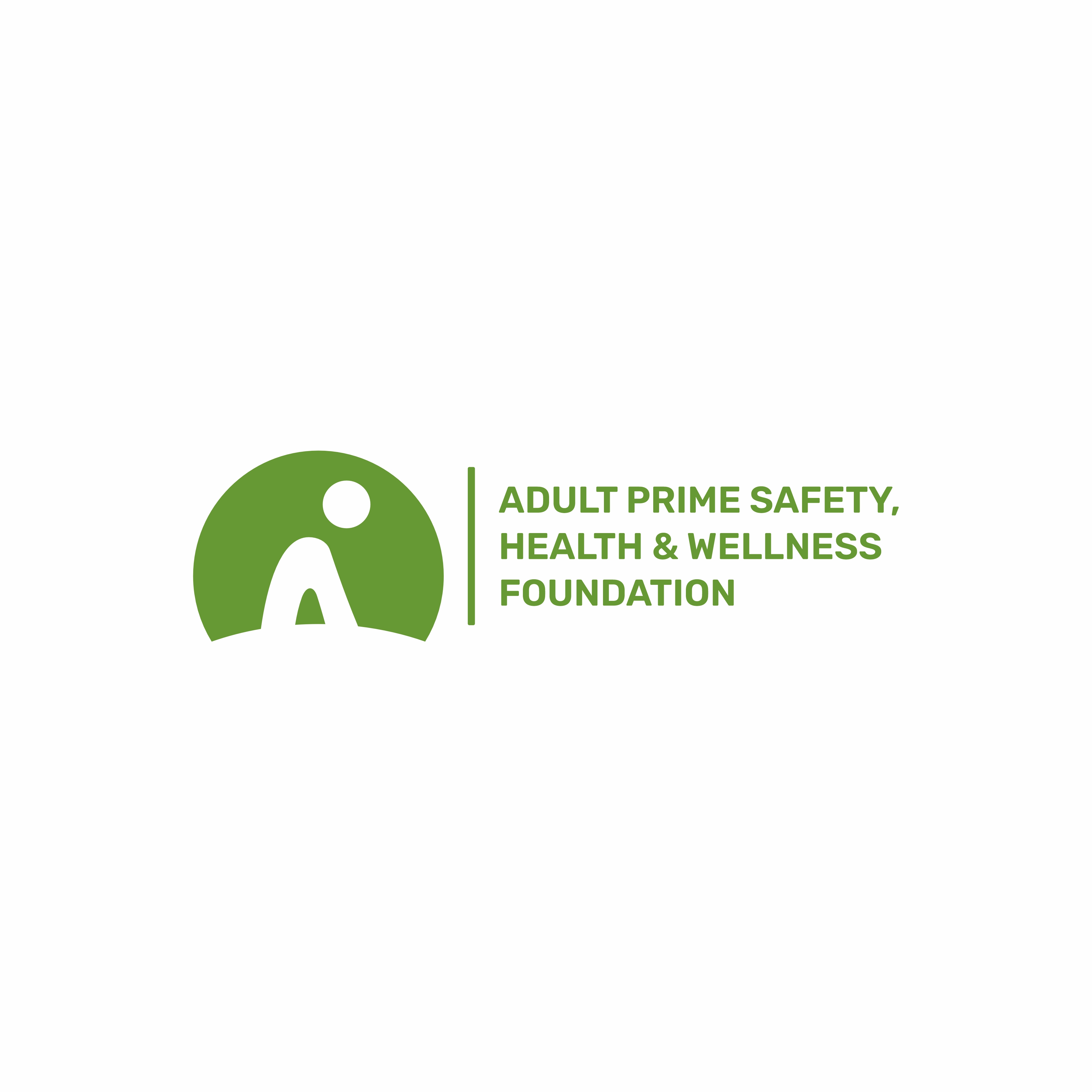Lean-Integrated Clean Hydrogen Adoption in Aged Care Facilities: Balancing Sustainability and Occupational Safety
Keywords:
Aged care, Balancing Sustainability, Clean Hydrogen, Occupational SafetyAbstract
The global shift toward clean energy has highlighted hydrogen as a pivotal resource for achieving sustainable practices. While industries like manufacturing and transportation are rapidly adopting hydrogen technologies, the aged care sector lags. Implementing clean hydrogen systems in these facilities could transform energy consumption patterns, lower carbon emissions, and improve air quality for elderly residents. However, this transition demands careful alignment of environmental goals with workplace safety imperatives.
Aged care centers require substantial energy for climate control, lighting, and medical devices. Hydrogen-based energy systems offer a pathway to reduce reliance on fossil fuels while enhancing operational resilience. Yet safety concerns persist, particularly in environments housing vulnerable populations and healthcare workers. Effective adoption hinges on workforce preparedness, facility retrofitting, and robust safety frameworks to mitigate risks such as leaks or mishandling.
Recent studies emphasize human-centered strategies for hydrogen integration (Henry et al., 2022). Training programs, hazard assessments, and emergency protocols are vital to minimizing risks. Lean methodologies, which prioritize efficiency and iterative refinement, can further optimize hydrogen deployment by reducing operational redundancies and costs (Olajide, 2024). For instance, streamlining workflows through Lean tools like value stream mapping could accelerate facility upgrades while maintaining safety standards.
